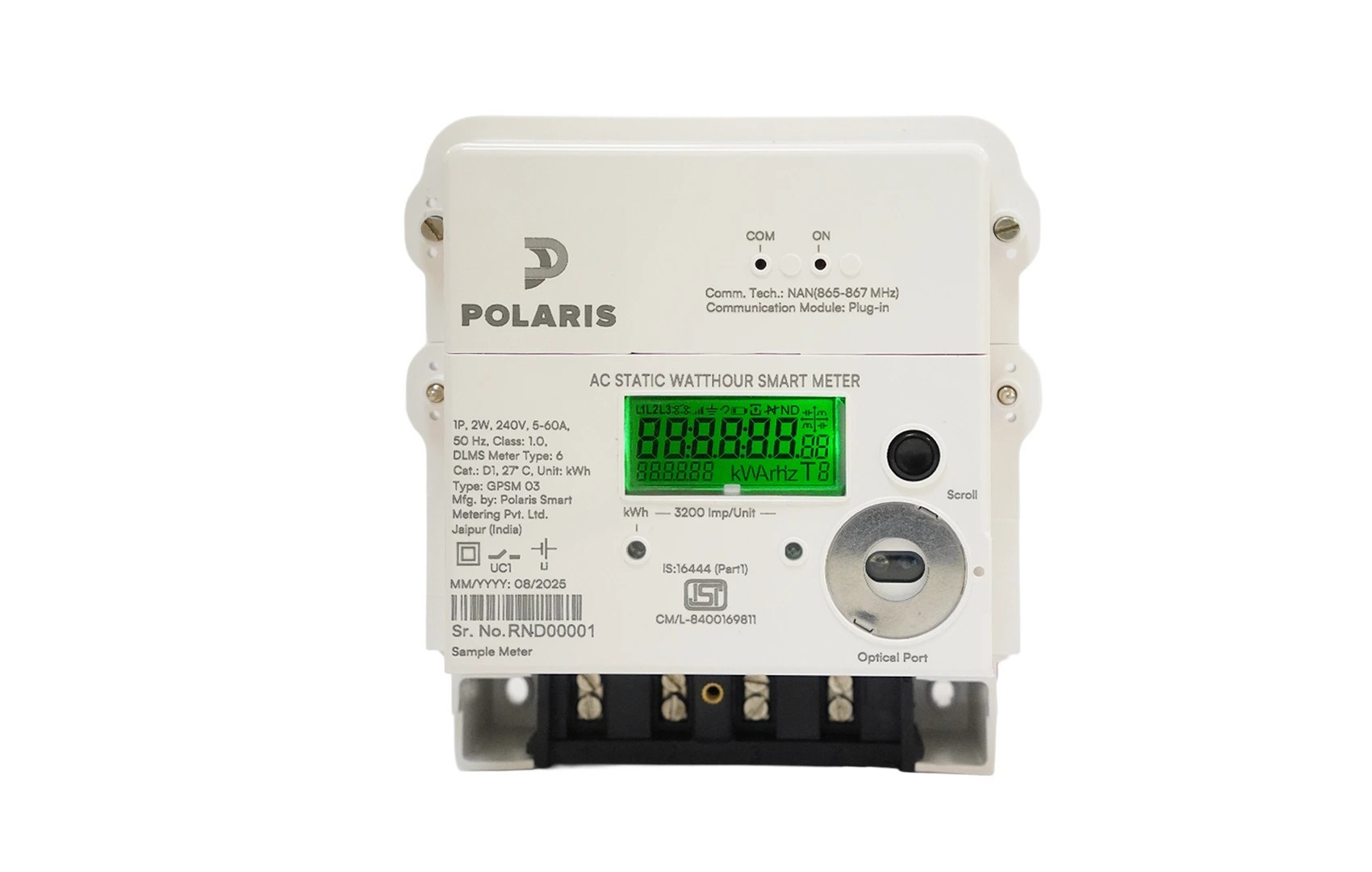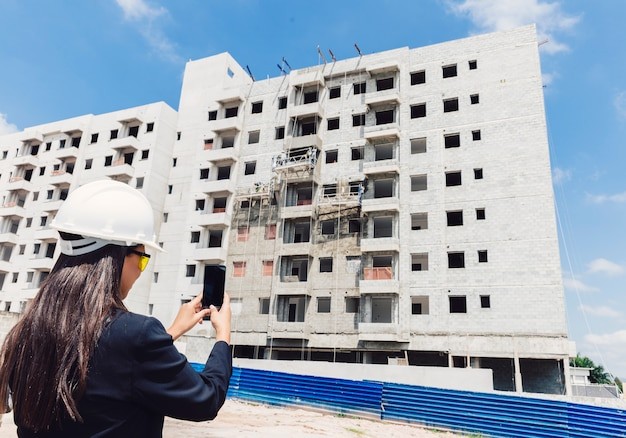How CNC Plasma Cutting Works: Everything You Need to Know
Are you looking for CNC plasma? Explore our latest blog post to learn more about how CNC plasma cutting works, its components, and how it’s revolutionizing industries worldwide. Read now.
CNC plasma cutting is a highly efficient and precise method for cutting through electrically conductive materials like steel, aluminum, brass, and copper. The technology combines the power of plasma with the precision of computer control, enabling manufacturers and hobbyists alike to create intricate shapes and designs easily. Let's explore how CNC plasma cutting works, its components, and how it’s revolutionizing industries worldwide.
What Is CNC Plasma Cutting?
CNC plasma cutting is a technique that employs a high-speed jet of ionized gas (plasma) to cut metals. The system works with a computer-controlled machine that executes specific instructions, translating digital designs into actual cuts. In contrast to conventional cutting techniques, which might employ saws or lasers, plasma cutting is quick, economical, and capable of cutting thick materials with ease.
Key Components of a CNC Plasma Cutting System
A CNC plasma cutter has some crucial components working together to make accurate cuts:
Plasma Cutter: This device creates the system's core, the plasma arc, which can reach as high as 30,000°C (54,000°F), hot enough to melt most metals. The plasma arc is concentrated through a nozzle to produce a strong cutting force.
CNC Machine: The CNC machine regulates the plasma torch's movement. It converts a digital model to coordinated motions in the X, Y, and Z axes. The accurate control ensures that the cutting process takes the desired pattern with few mistakes.
Plasma Torch: The torch contains the nozzle where the plasma arc is injected into the material. It's attached to the CNC machine and can move around the material along a predetermined pattern.
Gas Supply System: Compressed air or certain gases (oxygen, nitrogen, or argon) are employed in plasma cutting to create the plasma arc. The gas stabilizes the arc and cools and evacuates the molten metal while cutting.
Computer Software: Advanced computer design software runs today's modern CNC plasma cutters, accepting the cutting design from the operator. Standard program software, such as Autocad, Fusion 360, or specifically designed CNC plasma software, converts a 2D design into cut paths executed by the machine.
The Plasma Cutting Process
The process of plasma cutting is a straightforward yet efficient order of operations:
Designing the Cut: The initial process of CNC plasma cutting is designing. Through CAD (Computer-Aided Design) software, operators or engineers design the pattern or shape they wish to cut. This design is then translated into a G-code, a computer-readable instruction instructing the CNC machine to move and cut the material.
Preparation of the Material: After preparing the design, the material to be cut is loaded on the cutting bed. The CNC system carefully places the material in the right position to cut it precisely.
Initiating the Plasma Arc: Once the CNC system receives the command, the plasma torch lights up and generates the plasma arc. The intense heat of the arc melts the metal, while the speed of the plasma stream pushes the melted metal away, producing a clean cut.
Cutting the Material: As the CNC machine guides the plasma torch along the planned path, the plasma jet melts the material, and the nozzle removes the molten metal. The CNC system's precise control enables delicate cuts with sharp edges and minimal material waste.
Finishing: Once the cut is made, the CNC system ensures the edges are clean and smooth. Depending on the cut's complexity, some post-processing might be necessary, but CNC plasma cutting typically results in a finished product that requires little or no secondary operations.
Advantages of CNC Plasma Cutting
CNC plasma cutting has many advantages for industrial uses as well as for smaller projects:
Speed: Plasma cutting is among the quickest ways to cut through metal and is suitable for mass production.
Precision: Computer-controlled movement ensures accurate and repeatable cuts, including intricate designs.
Versatility: The CNC plasma cutter is versatile enough to cut different types and thicknesses of metals, ranging from thin sheet metal to thick steel plates.
Economical: Plasma cutters are less expensive than laser cutting machines, yet still produce high-quality products. The process efficiency also minimizes operating expenses.
Low Waste: Plasma cutting generates very low heat-affected zones and minimizes material loss, thus resulting in low scrap material costs.
Uses of CNC Plasma Cutting
CNC plasma cutting is applied in a wide range of industries, including:
Automotive Production: For manufacturing components such as brackets, frames, and other parts.
Construction: For steel plate cutting that is applied for structural purposes.
Signage: Making complex designs on metal signs and logos.
Art and Decor: Artists employ CNC plasma cutters to produce unique metal artwork, sculptures, and decorations.
Conclusion
The plasma table cutter is a revolutionary technology enabling the user to cut metal quickly, accurately, and effectively. From industrial manufacturing at large scales to hobbyist ventures, plasma cutting's cost-effectiveness and versatility make it a top favourite among many. Knowing how CNC plasma cutting operates can assist you in unleashing its full potential and creating top-notch outputs for your projects.
With its persistent development and upgrade, CNC plasma cutting is one of the best assets in current fabrication. Being an engineer, a businessman, or a self-taught individual, this technology can add new possibilities to your work processes and make them more efficient in production.



















Facebook Conversations